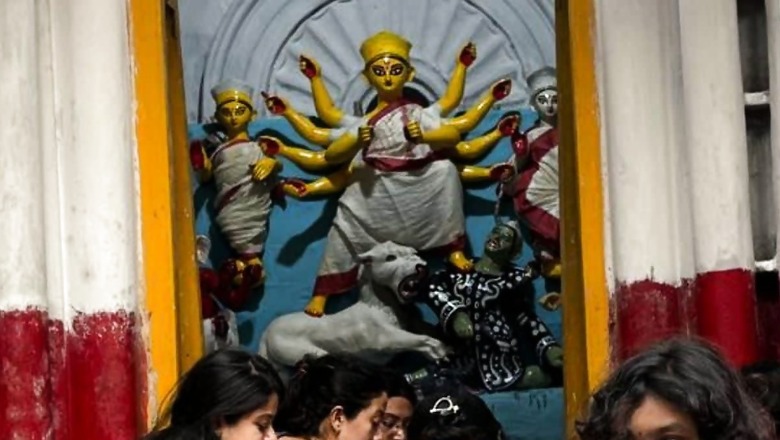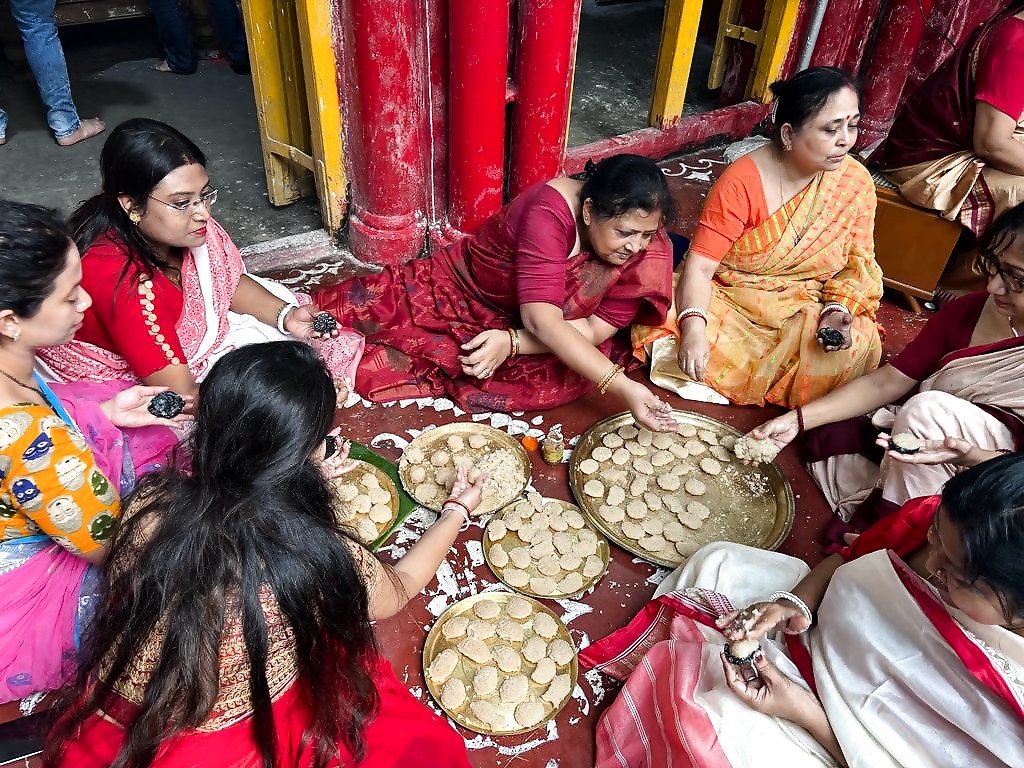
views
Amid the Durga Pujo celebrations, the Bhawanipur Dey bari pandal stands out for its asur – an ‘Englishman’.
The local legend has it that in 1870, Ramlal Dey, an affluent businessman, saw a woman with two daughters and two sons outside his residence in Bhawanipur. They asked for some rice and entered his house, but soon disappeared. He then apparently saw Ma Durga in his dreams, who told him that he should start Durga Pujo celebrations as ma was in his house.
From then on, the Dey house of Bhawanipur set up their own pujo each year.
Elaborating on the unique asur and their pujo, Debraj Dey, a descendant of Ramlal, said, “When our pujo started, India was under British rule. The British used to torture our ancestors, so we depicted them as asurs. The tradition has just continued. For so many years, we have managed to preserve our tradition and perform the pujo the same way, as it was done the first time.”

For the pujo, the family members and visitors come from India and abroad. The family says that the gathering and cooking by womenfolk is a celebration in itself.
This year, the family has a new member, a newly wed daughter-in-law. “I am thrilled. We made sweets together. The most interesting feature of our pujo is our the Angrez asur,” she said.
Amid West Bengal’s rich pujo culture, the Dey household is one of the many banedis (traditional pujos) that deserve a special mention.



















Comments
0 comment